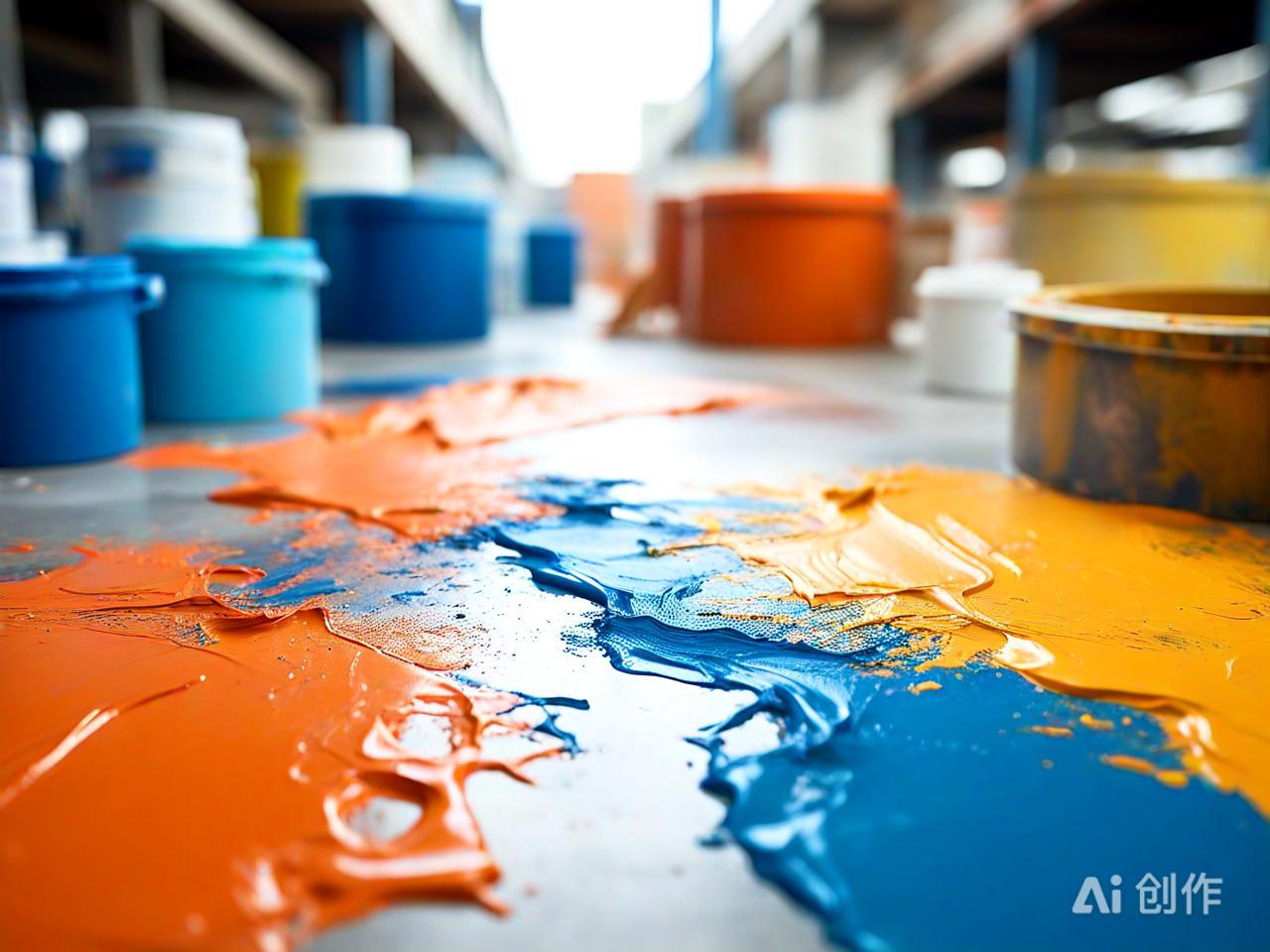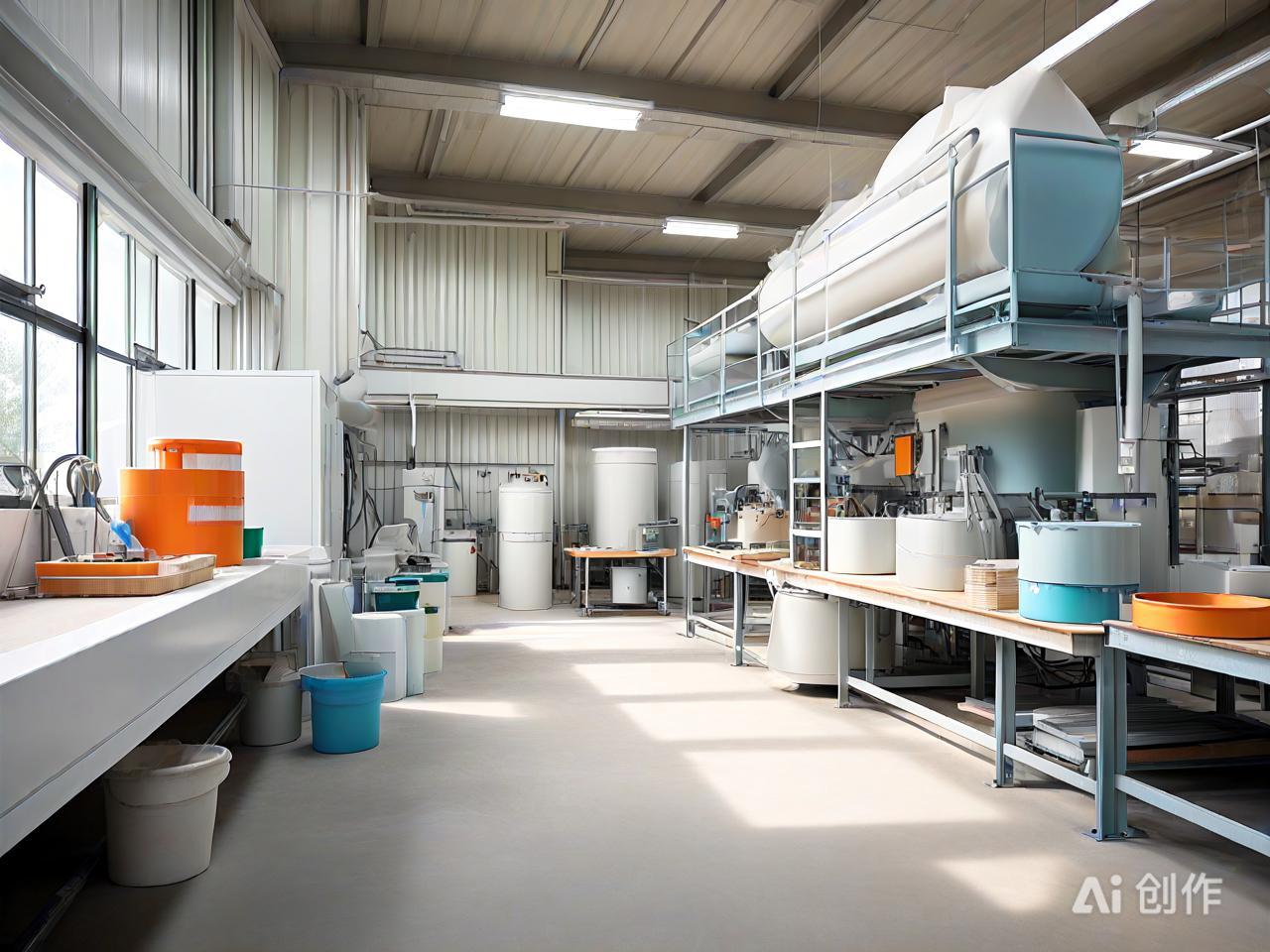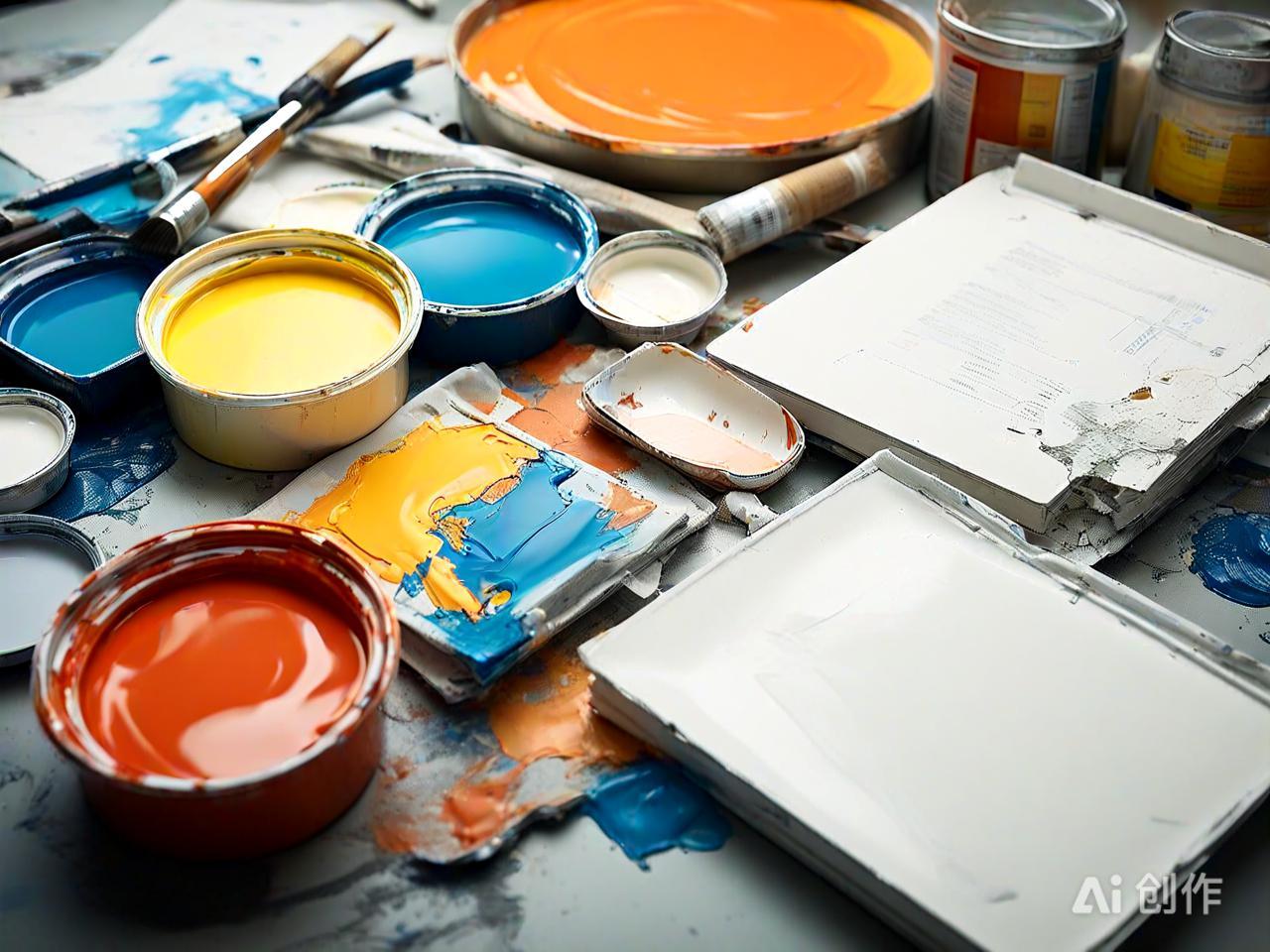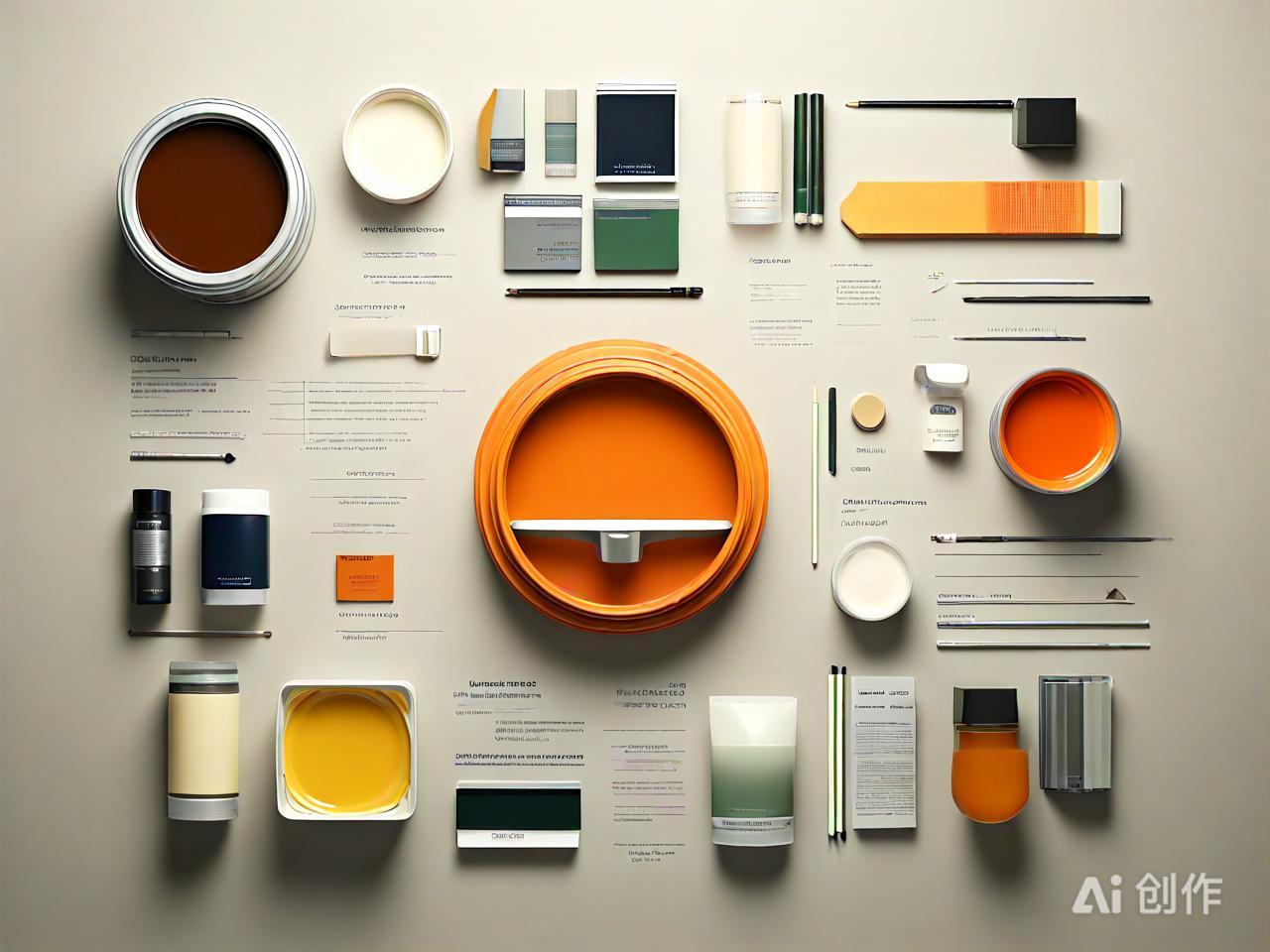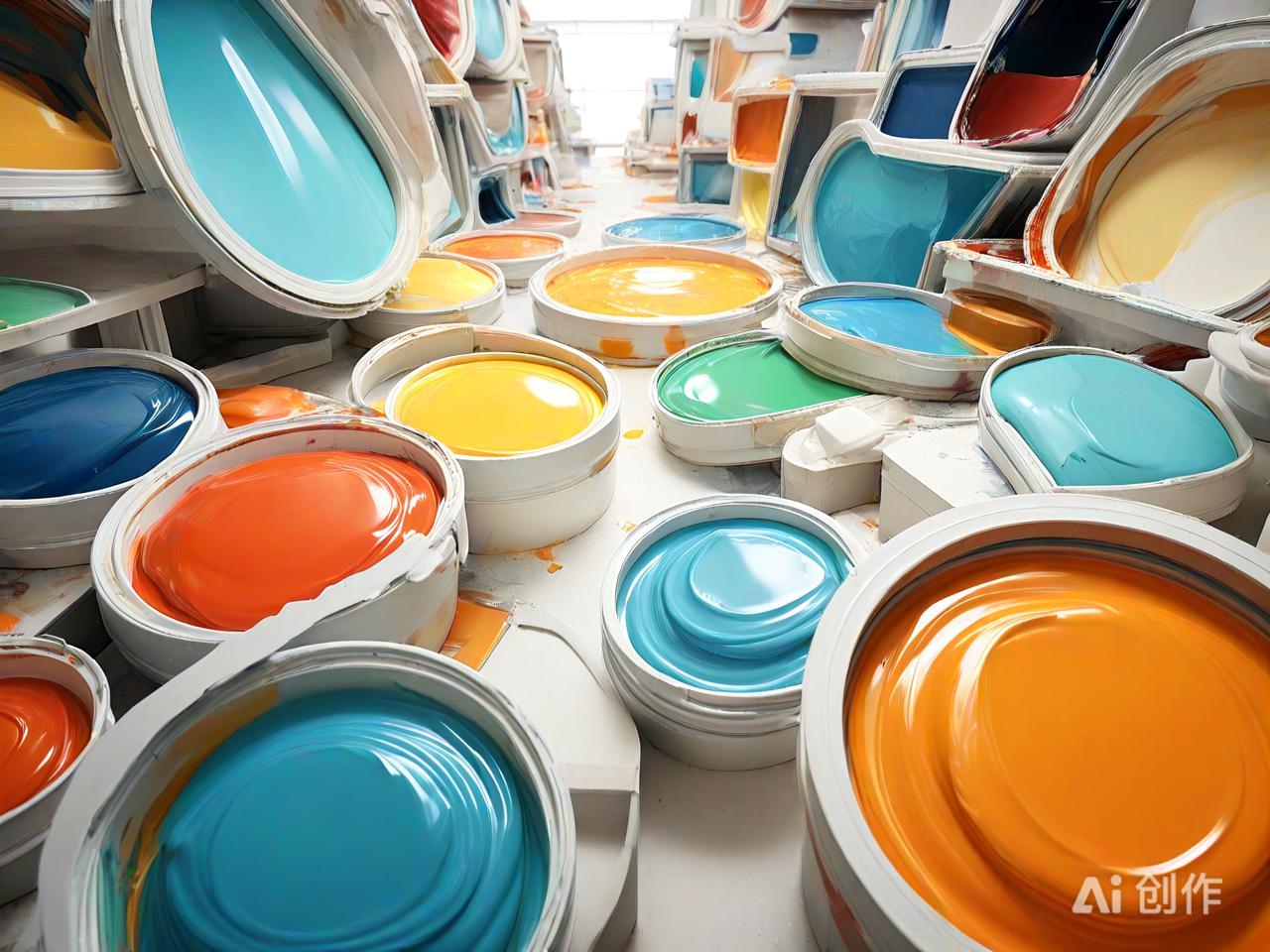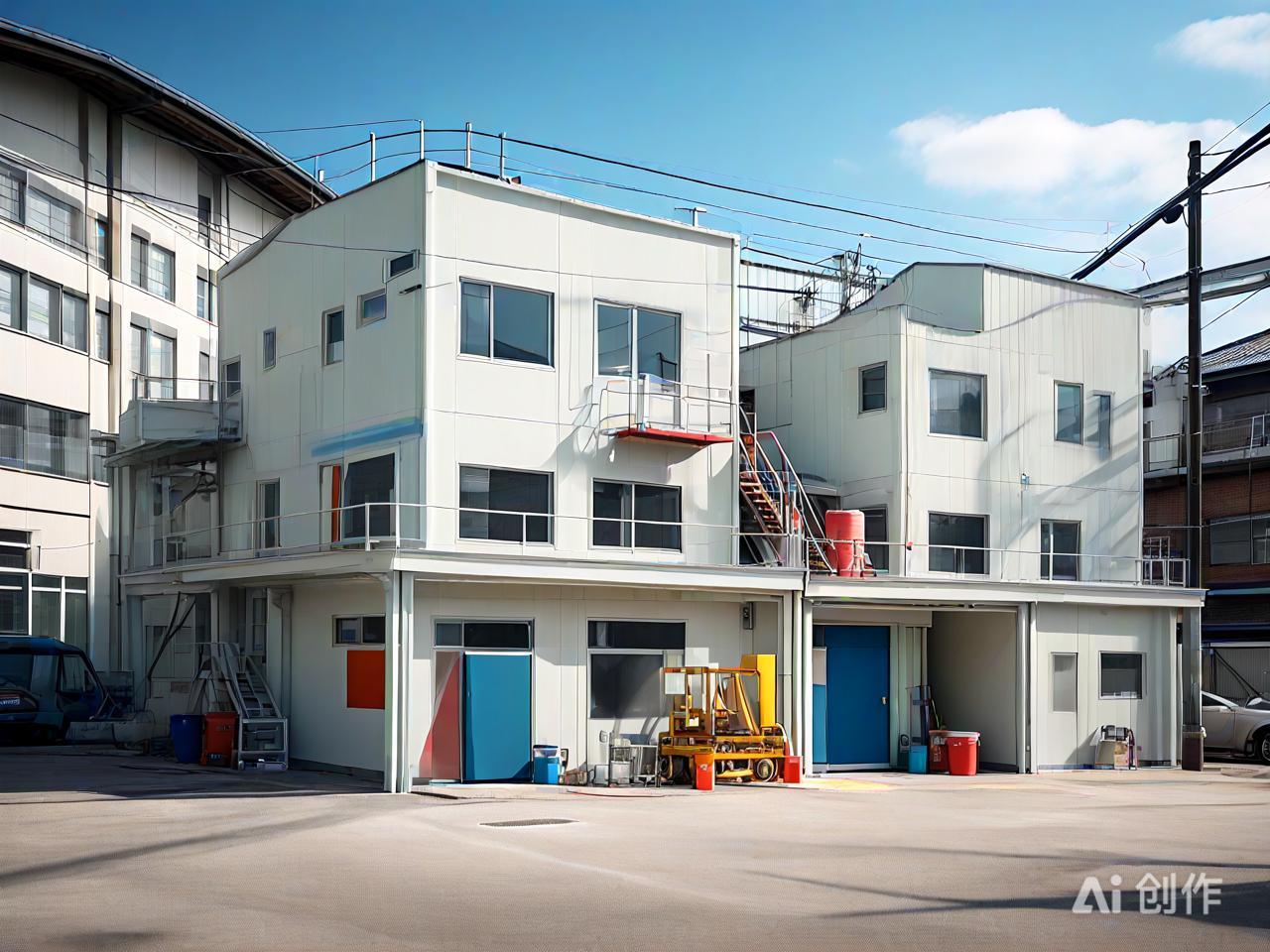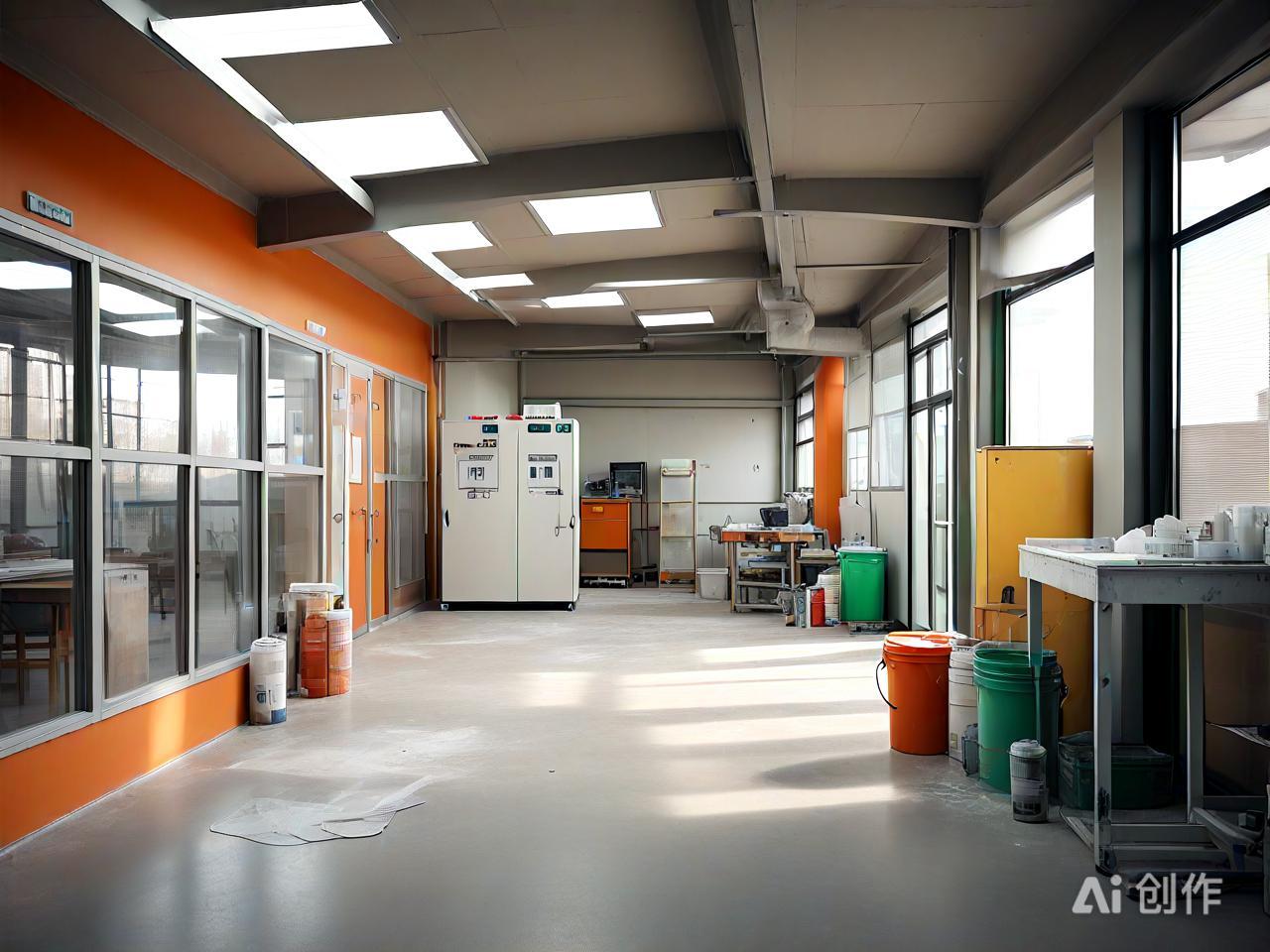Clean the surface thoroughly before painting.
One of the most crucial steps in achieving a professional and long-lasting paint job is ensuring the surface is clean before you start painting. Many people underestimate the importance of this step, but neglecting to clean the surface can lead to poor adhesion, uneven coverage, and a shorter lifespan for the paint. Whether you’re painting walls, furniture, or outdoor surfaces, taking the time to prepare the surface properly will save you time and effort in the long run.
Why Cleaning the Surface Is Essential
When a surface isn’t cleaned thoroughly, dirt, dust, grease, and other contaminants can create a barrier between the surface and the paint. This can prevent the paint from bonding effectively, leading to peeling, cracking, or blistering over time. Additionally, if there are existing stains or oils on the surface, they can seep through the paint, ruining the final appearance. A clean surface not only ensures better adhesion but also enhances the smoothness and uniformity of the paint finish.
Steps to Clean the Surface Thoroughly
Remove Loose Dirt and Dust
Start by using a dry cloth, broom, or vacuum to remove loose dirt, dust, or cobwebs from the surface. For walls, you can use a feather duster or a microfiber cloth to wipe off any accumulated debris. This initial step helps prevent the dirt from mixing with water or cleaning solutions during the next stages.
Wash with a Suitable Cleaning Solution
Depending on the surface material, use an appropriate cleaning solution. For indoor walls, a mixture of warm water and mild dish soap works well to remove grease and stains. For outdoor surfaces, you might need a stronger cleaner or even a pressure washer to remove built-up grime, moss, or mildew. Avoid harsh chemicals that could damage the surface or interfere with the paint.
Scrub Stubborn Stains
If you notice tough stains, use a sponge or scrub brush to gently remove them. For greasy kitchen walls, a degreaser might be necessary to tackle oil residue. In cases where mold or mildew is present, use a solution of water and bleach (in a 3:1 ratio) to kill the mold and prevent its return. Always wear gloves and ensure proper ventilation when working with cleaning agents.
Rinse the Surface
After cleaning, it’s important to rinse the surface thoroughly with clean water to remove any soap or cleaner residue. Residue left behind can affect paint adhesion and may result in a patchy finish. Use a damp cloth or sponge for smaller areas, or a hose for larger outdoor surfaces.
Dry Completely
Ensure the surface is completely dry before painting. Painting over a damp surface can trap moisture, leading to blistering or peeling paint. Depending on the climate and the type of surface, drying can take anywhere from a few hours to a full day. You can use fans or dehumidifiers indoors to speed up the process.
Additional Preparation Tips
Repair Imperfections: While cleaning, check for cracks, holes, or peeling paint. Fill any gaps with putty, sand uneven areas, and scrape off loose paint to create a smooth surface.
Protect Surrounding Areas: Use painter’s tape to protect edges and cover furniture or floors with drop cloths to prevent damage from splashes or drips.
Test the Surface: After cleaning and drying, run your hand across the surface to ensure it feels clean and smooth. If it feels greasy or dusty, repeat the cleaning process.
Common Mistakes to Avoid
Skipping the Cleaning Step: Many people are tempted to paint directly over dirty surfaces, thinking the paint will cover imperfections. However, this leads to poor results and wasted effort.
Using Too Much Water: Over-soaking the surface, especially drywall or wood, can cause warping or damage. Use just enough water to clean effectively and dry it promptly.
Ignoring Mold and Mildew: Painting over mold or mildew without addressing it first can lead to health issues and cause the mold to spread under the paint.
Conclusion
Cleaning the surface thoroughly before painting is an essential step that should never be skipped. It sets the foundation for a high-quality paint job that lasts longer and looks more professional. By following the proper cleaning steps and taking the time to prepare the surface, you can ensure that your paint adheres smoothly, covers evenly, and stands the test of time. Remember, preparation is key—spend a little extra time cleaning now, and you’ll enjoy beautiful, durable results for years to come.
